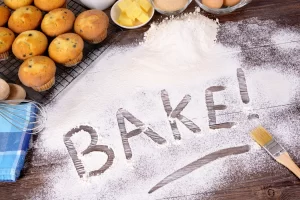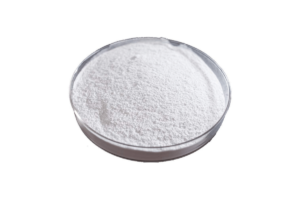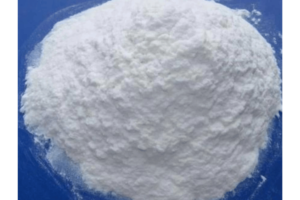Carboxymethyl Cellulose (CMC), also known as cellulose gum, is a topic of interest in dietary discussions, especially those centered around veganism. To understand why CMC is considered vegan, it’s important to examine its source, production process, and applications from a professional standpoint.
Source of Carboxymethyl Cellulose
- Origin: CMC is derived from cellulose, a natural organic compound found in the cell walls of plants. This makes it a plant-based product.
- Common Sources: The primary sources of cellulose used in the production of CMC are wood pulp and cotton lint. Both of these are plant materials, aligning with vegan principles that avoid the use of animal-derived substances.
Production Process of CMC
- Chemical Modification: CMC is produced by chemically modifying cellulose. This involves introducing carboxymethyl groups into the cellulose chain, a process that does not require or involve any animal-derived ingredients.
- Manufacturing Settings: The manufacturing of CMC typically takes place in chemical plants dedicated to polymer production. These facilities are generally free from materials of animal origin, further supporting the vegan nature of CMC.
Considerations in Veganism
- Definition of Veganism: Veganism goes beyond diet; it’s a lifestyle choice that seeks to exclude, as far as possible, all forms of exploitation of, and cruelty to, animals for food, clothing, or any other purpose. This includes avoiding animal-derived substances in foods and other products.
- Animal Testing: One aspect to consider is whether the product or its ingredients have been tested on animals. While CMC itself is vegan, it’s crucial to consider the broader ethical practices in its production. However, there’s no indication that CMC production typically involves animal testing, which is more relevant in the context of pharmaceuticals and cosmetics.
CMC in Food and Non-Food Products
- Food Industry: CMC is widely used in the food industry as a thickener, stabilizer, and emulsifier. Its role is especially critical in providing desirable textures in foods, including dairy alternatives, gluten-free products, and other vegan-friendly foods.
- Non-Food Uses: Beyond food, CMC finds applications in industries like pharmaceuticals and cosmetics. Even in these contexts, its plant-based origin remains consistent, making it a suitable ingredient for products marketed to vegans.
Regulatory and Labeling Aspects
- Certifications: Products containing CMC can often be found with vegan labeling, indicating compliance with vegan standards. Such certifications are essential for consumers who adhere strictly to vegan diets.
- Transparency in Labeling: For vegan consumers, clarity in labeling and the assurance that no animal-derived substances are present in their food and other products are crucial. CMC, given its plant-based origin and production process, typically aligns well with these requirements.
Conclusion
In summary, Carboxymethyl Cellulose (CMC) is vegan-friendly, derived from plant-based cellulose, and manufactured in a process that does not involve animal derivatives. Its wide use in both food and non-food industries, without infringing on the principles of veganism, makes it a suitable ingredient for those following a vegan lifestyle. While individual ethical considerations, like the context of animal testing, might come into play, the basic nature of CMC as a plant-derived product aligns with vegan principles. For vegans, products containing CMC are generally acceptable, especially when accompanied by transparent labeling and vegan certifications.





